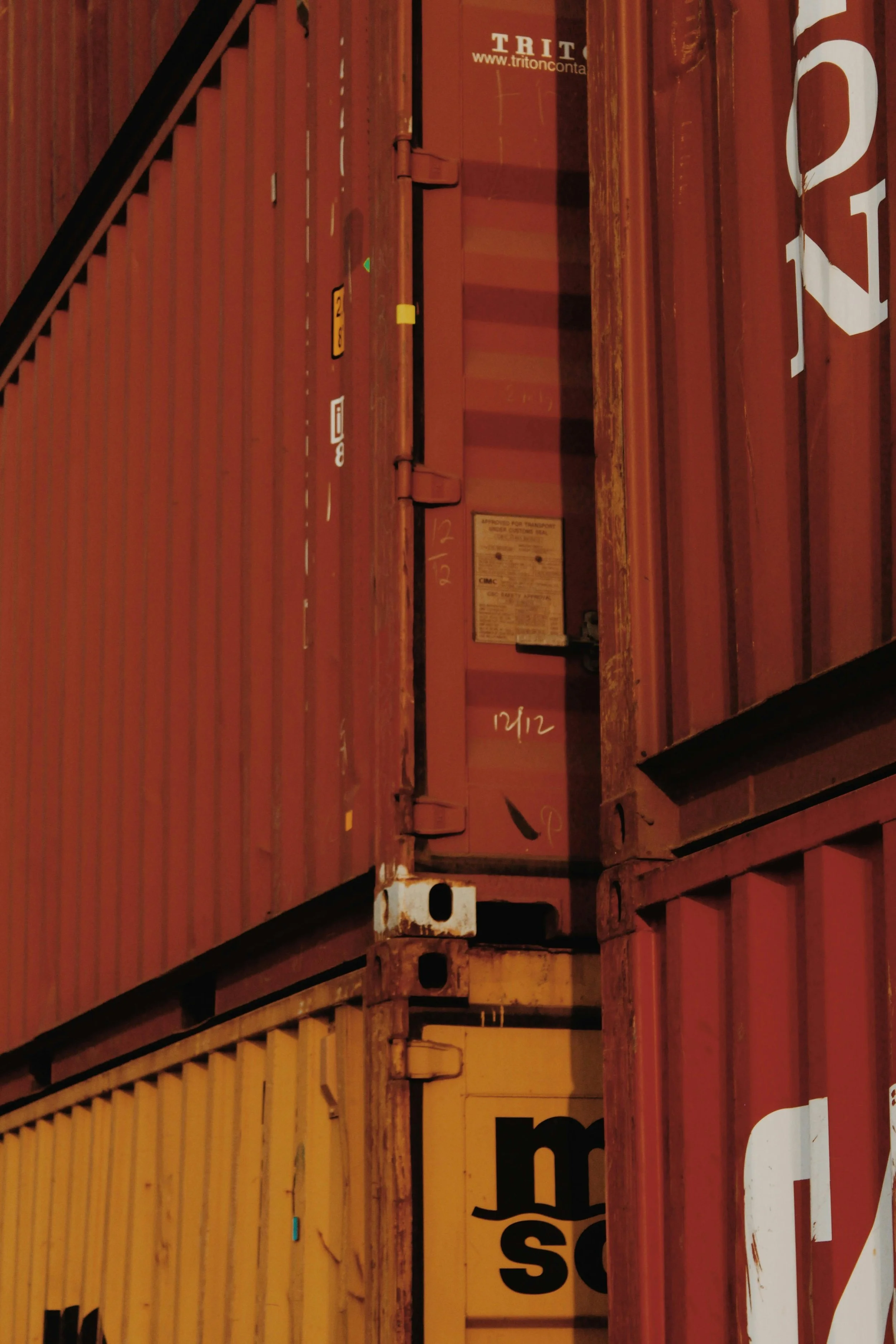Exporting and Importing: What are Key Considerations for Beverage Manufacturing in Australia?
In this article, we will cover a few key considerations for beverage manufacturing. When sending products internationally, it's important to consider costs, best practices, transit time, and local infrastructure.
Container Sizes
Selecting the right container size is crucial in the Australian beverage manufacturing industry. It helps in saving money and ensuring the safe transportation of products when importing and exporting. The most commonly used container sizes include:
20-foot container (TEU): This container holds about 33 cubic meters and can fit around 10-11 standard pallets.
40-foot container (FEU): Double the length of the 20-foot version, this one offers about 67 cubic meters of capacity, holding roughly 20-21 standard pallets.
40-foot high cube container: Similar to the 40-foot container but with extra height, providing an additional 10 cubic meters of space, perfect for lighter yet bulkier cargo.
Australian beverage manufacturers must decide between bottles and cans based on the size and weight of their products. Here at IDL, we can help you to make those crucial decisions that will best suit your future exporting and importing goals.
Transit Times: Port to Port
The time it takes for containers to travel from port to port varies based on the shipping route and the specific ports involved. Here are some general transit times for popular routes involving Australian ports for exporting and importing:
Australia to Asia: Typically 10 to 20* days; for example, Sydney to Shanghai takes 12 to 15* days.
Australia to North America: Usually 20 to 30* days; Melbourne to Los Angeles takes 22 to 26* days.
Australia to Europe: Transit time ranges from 30 to 40* days; Brisbane to Rotterdam takes about 35-40* days.
Intra-Asia routes: Generally shorter, between 7 and 14 days*; Sydney to Singapore takes 10-12 days*.
Factors Influencing Transit Times
Several factors can impact transit times for exporting and importing:
Shipping Route: Direct routes are generally faster than those requiring multiple transhipment points.
Seasonal Variations: Peak seasons, such as holidays and harvest periods, can lead to delays due to higher shipping volumes.
Port Congestion: Busy ports may experience longer wait times for loading and unloading.
Weather Conditions: Adverse weather can disrupt sailing schedules and cause delays.
Customs Clearance: An Efficient process at customs for both the origin and destination ports is crucial to avoid delays.
Best Practices for Efficient Exporting and Importing
To enhance the efficiency of exporting and importing, consider these best practices:
Plan Ahead: Preparing for peak seasons and reserving container spaces in advance while ensuring better rates & availability.
Optimise Container Utilisation: Maximise container space by efficiently packing goods, helping to reduce shipping costs per unit.
Choose Reliable Shipping Partners: Collaborate with reputable shipping lines and freight forwarders with a proven record of timely deliveries.
Stay Informed on Regulations: Keeping up to date with international shipping regulations, including import/export restrictions and documentation requirements.
Insurance: Ensure your cargo is adequately insured to protect against potential loss or damage during transit.
Port Infrastructure in Australia
Australia boasts several major ports that facilitate international trade. Key ports for beverage exports and imports include:
Port of Melbourne: The largest container and general cargo port in Australia.
Port of Sydney (Port Botany): A crucial hub for international trade, especially with Asia.
Port of Brisbane: A significant gateway for trade with the Pacific region.
Port of Fremantle: The primary port for Western Australia, essential for trade with Southeast Asia and beyond.
Conclusion
Effectively managing the exporting and importing processes is essential for beverage manufacturers in Australia. Companies should choose the right container sizes to ensure products arrive on time and in good condition. They should also know transit times and follow best practices. This strategic approach is crucial for maintaining supply chain reliability and enhancing customer satisfaction in the competitive beverage industry.
See also:
Advancing Sustainable Practices in Beverage Manufacturing
Methods of transport for beverage products
Are Non-Alcoholic Beverages Going To Change The Beverage Manufacturing Industry?

